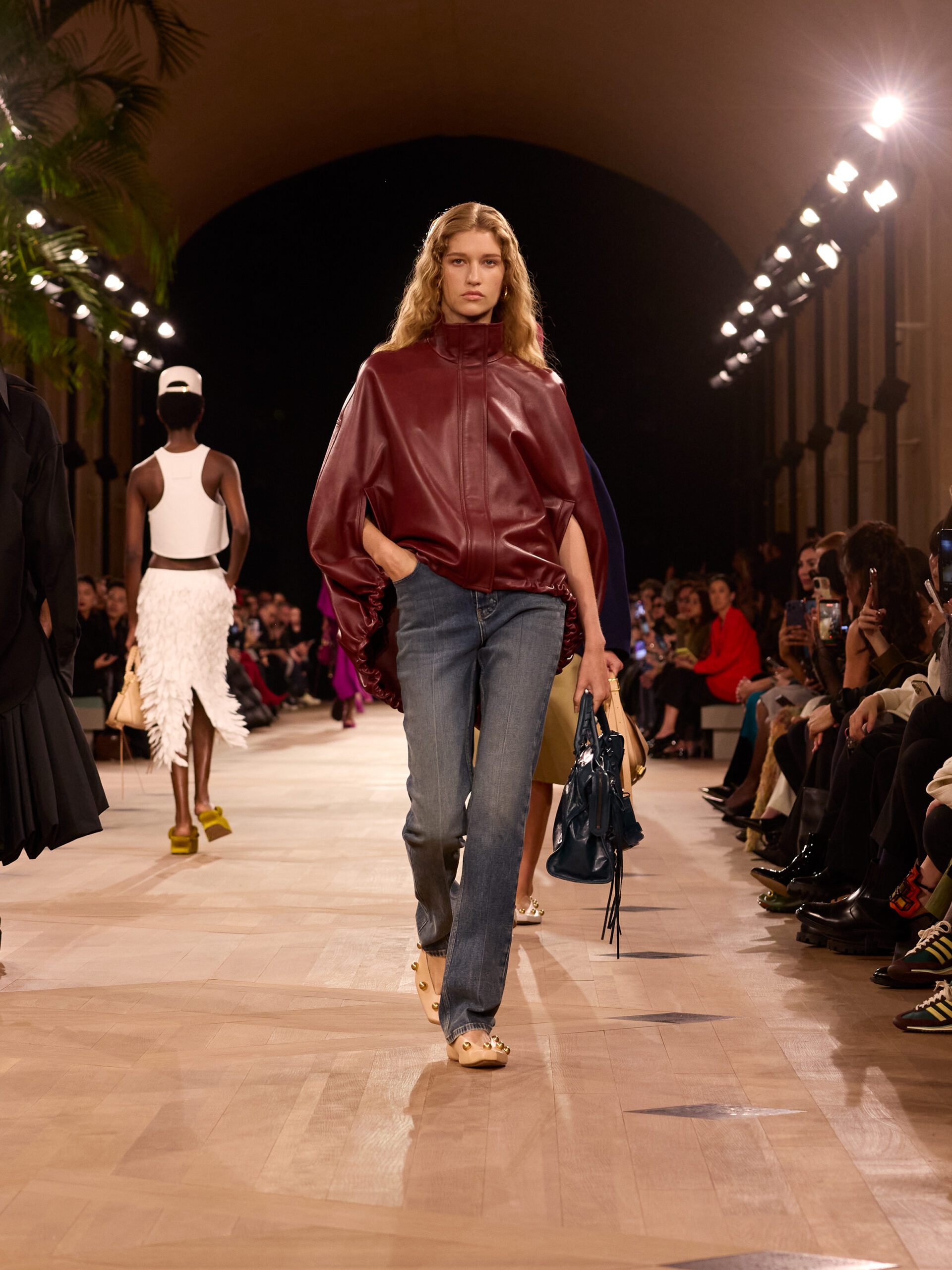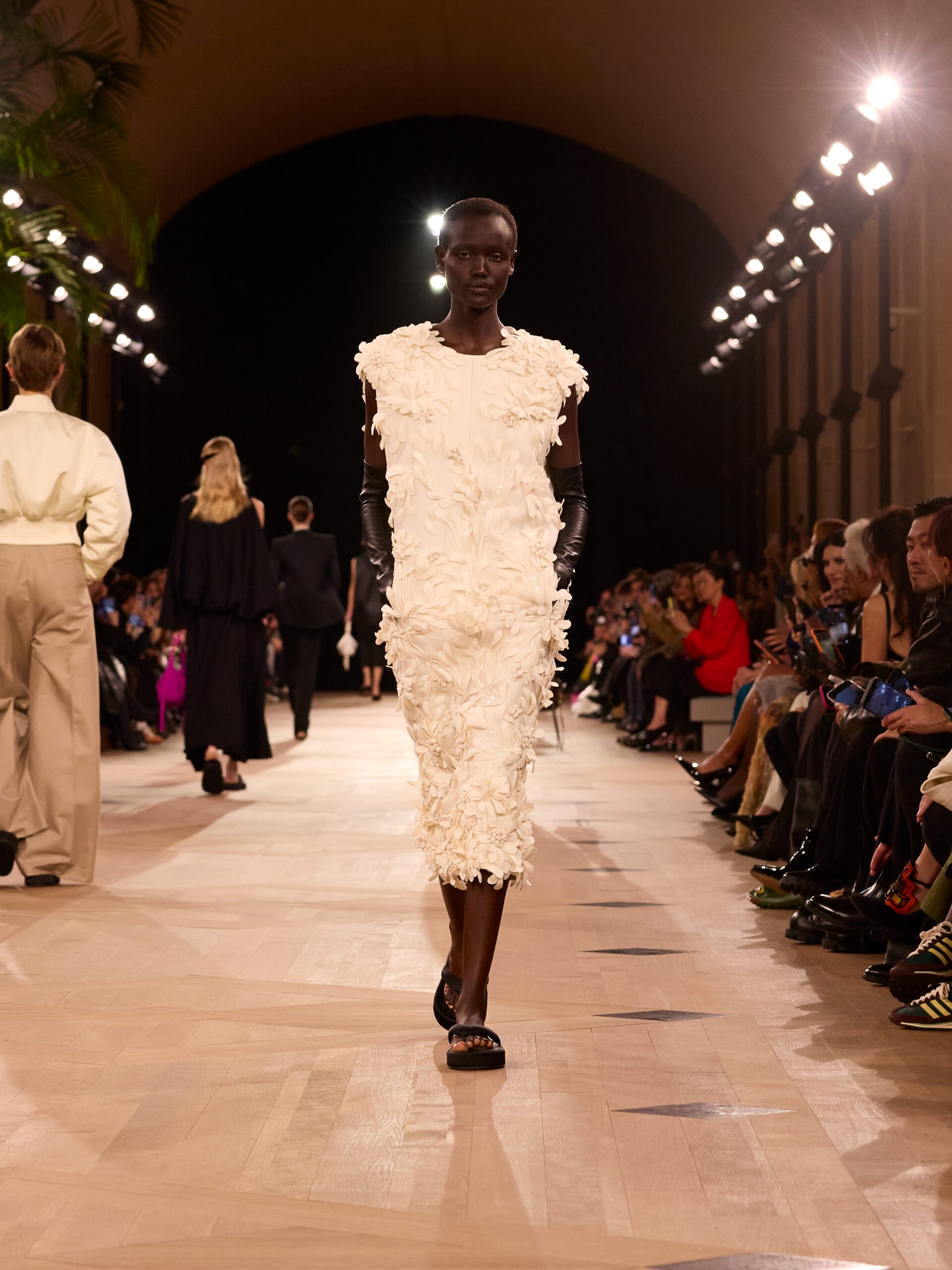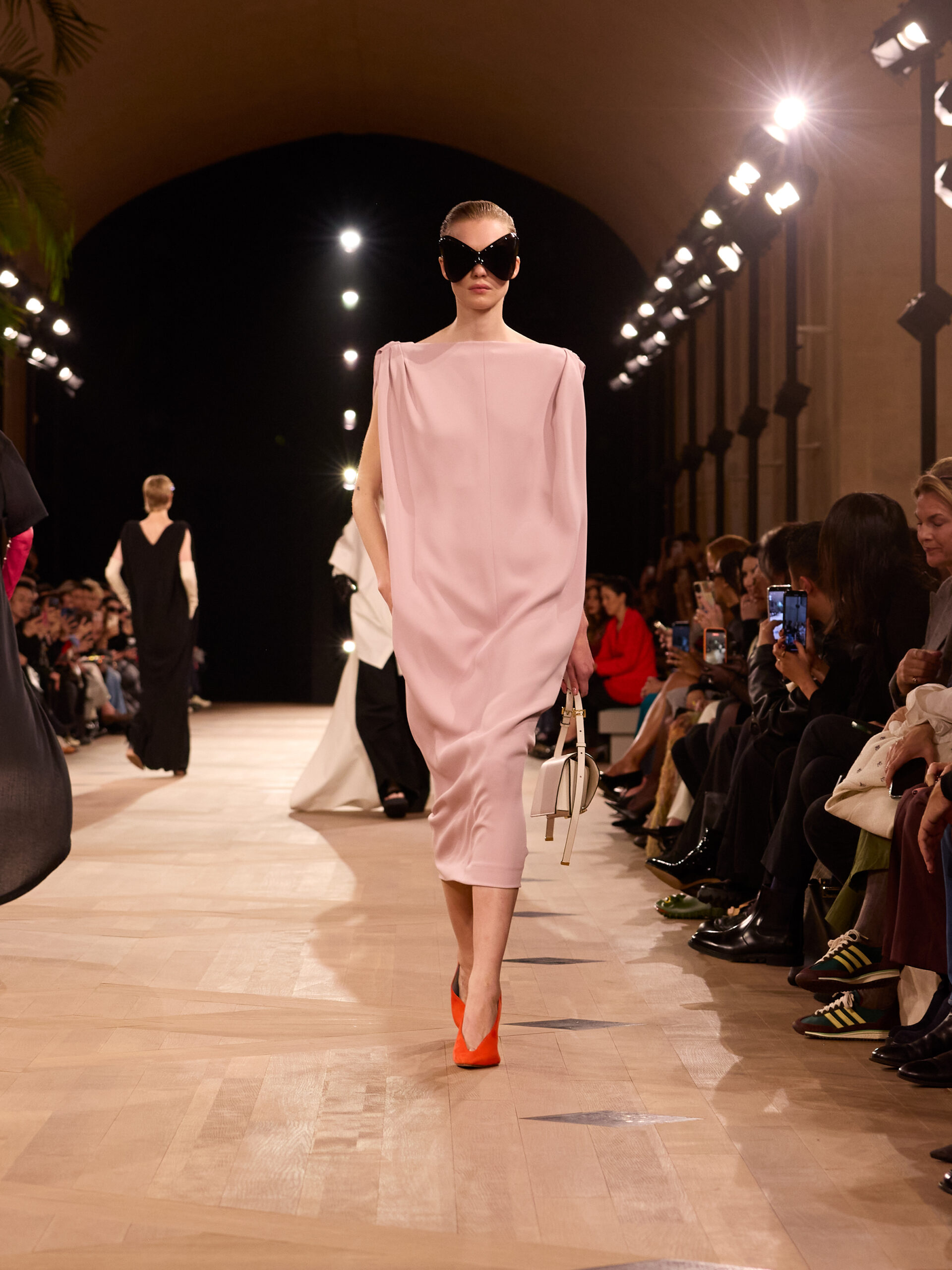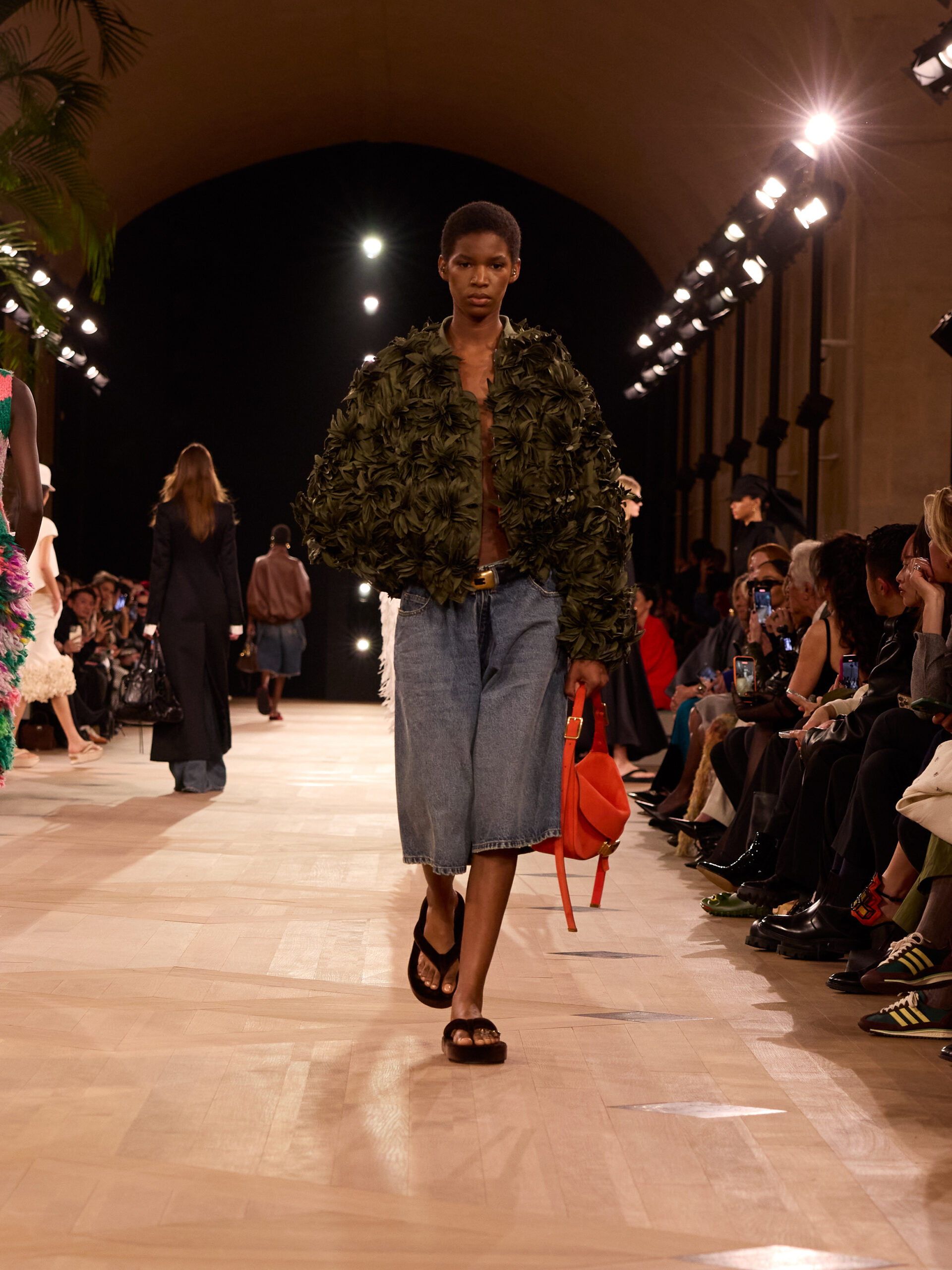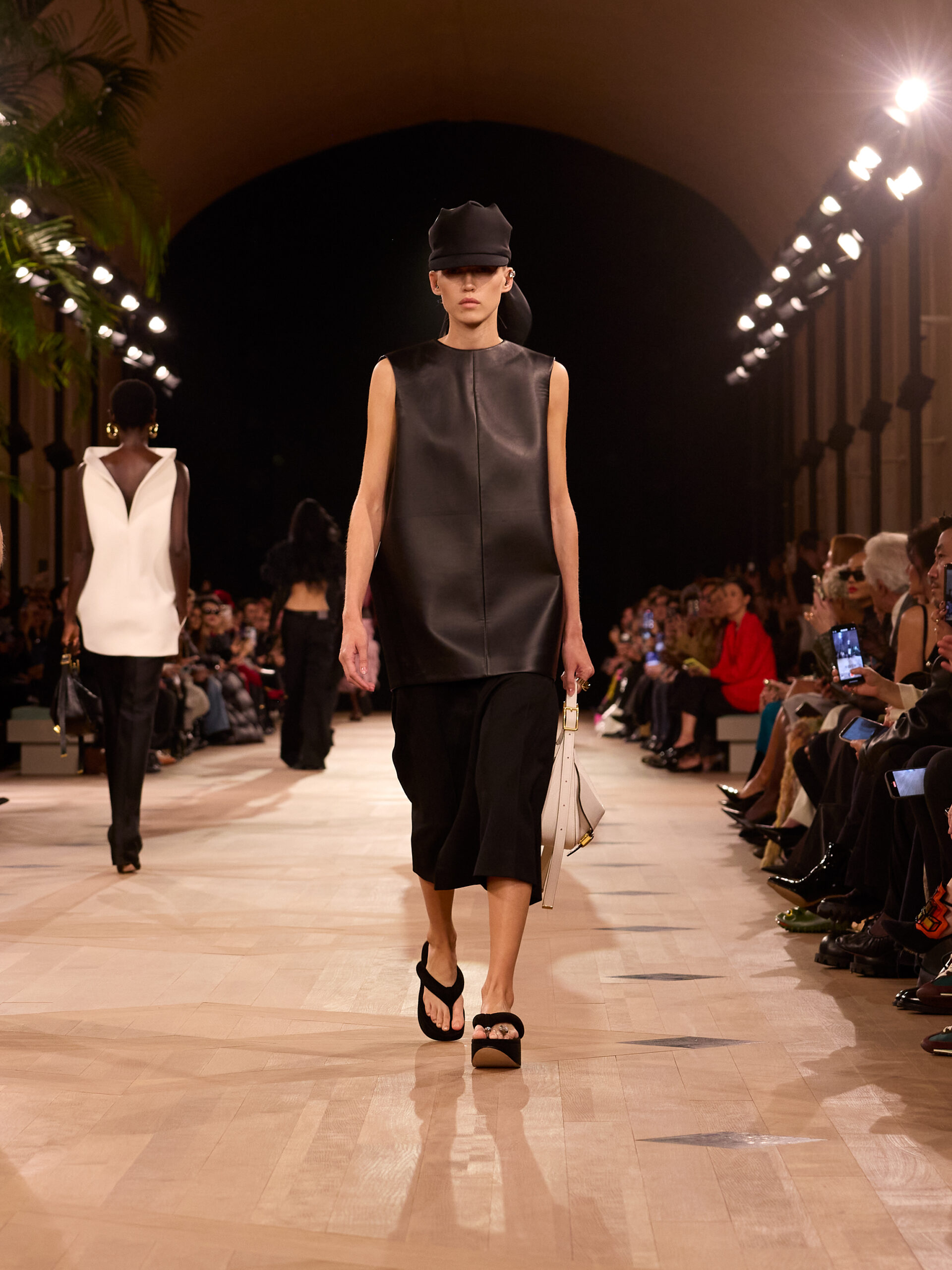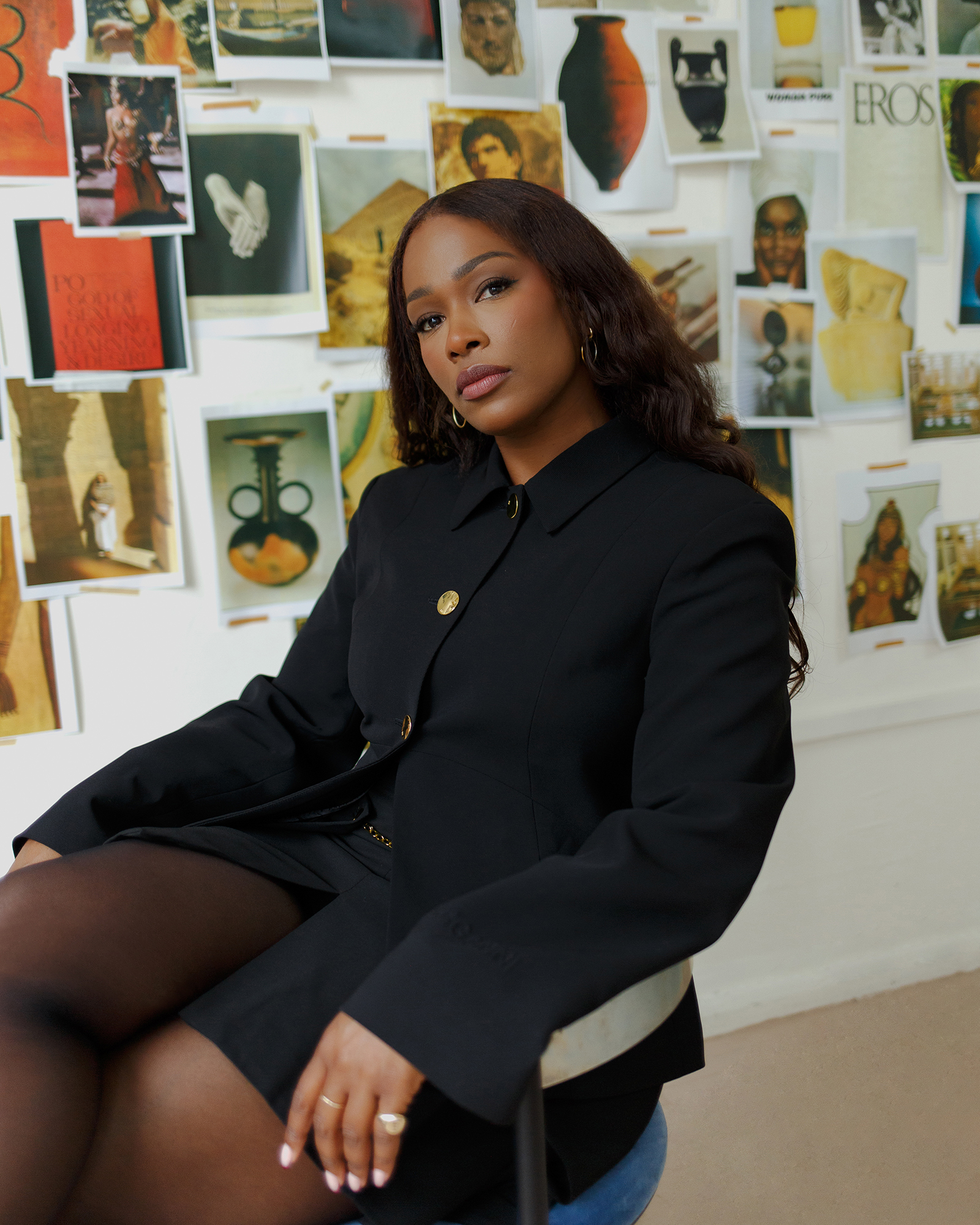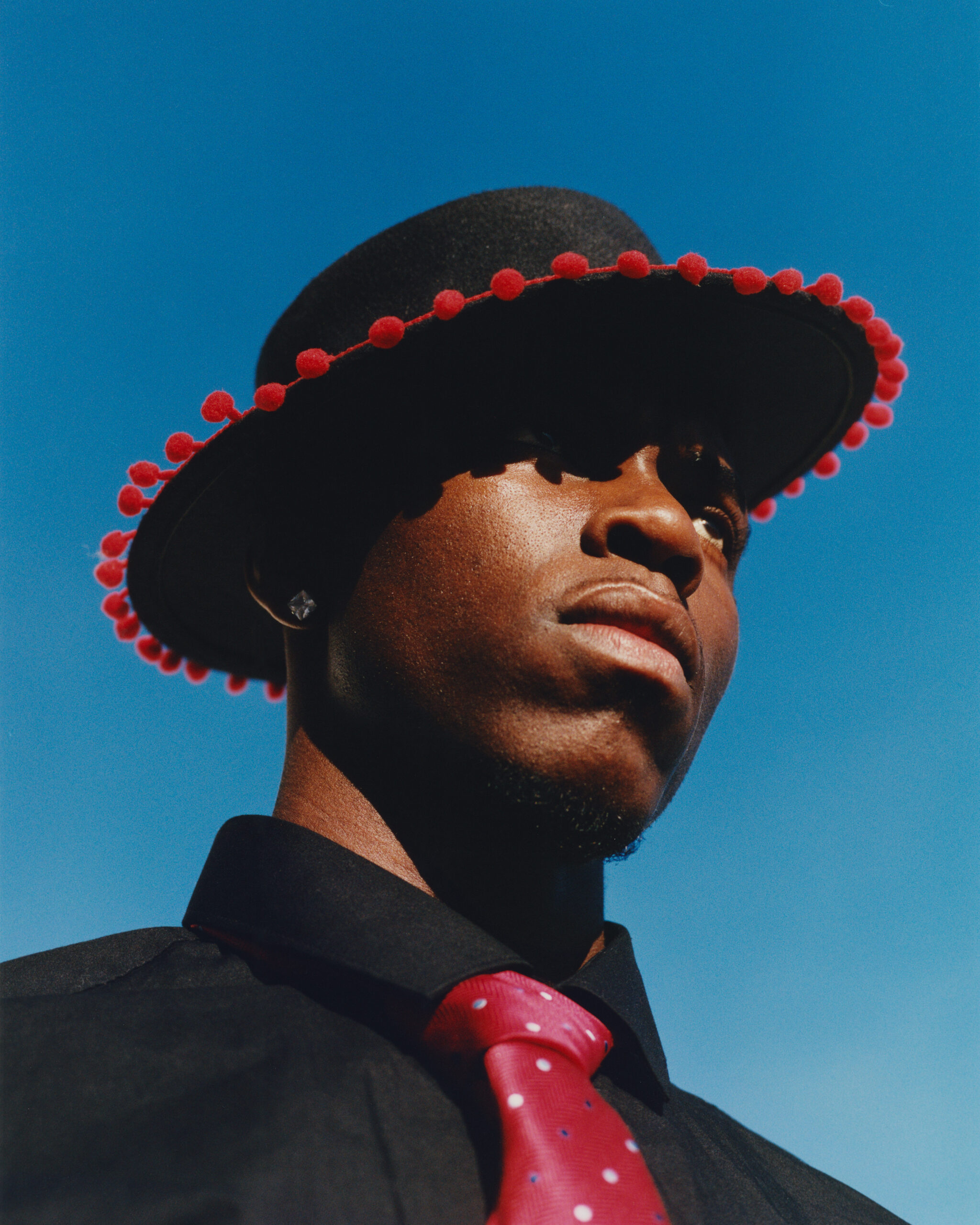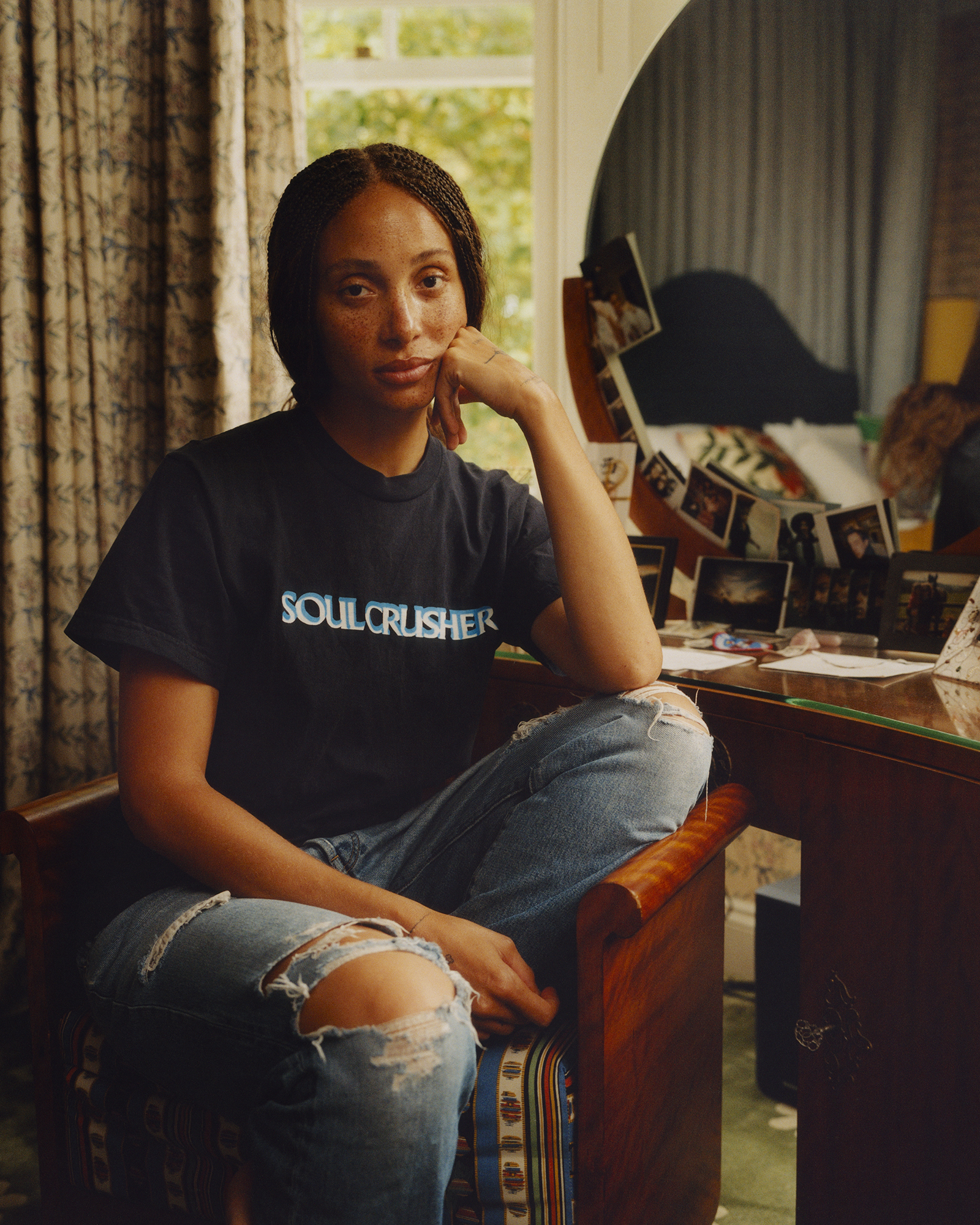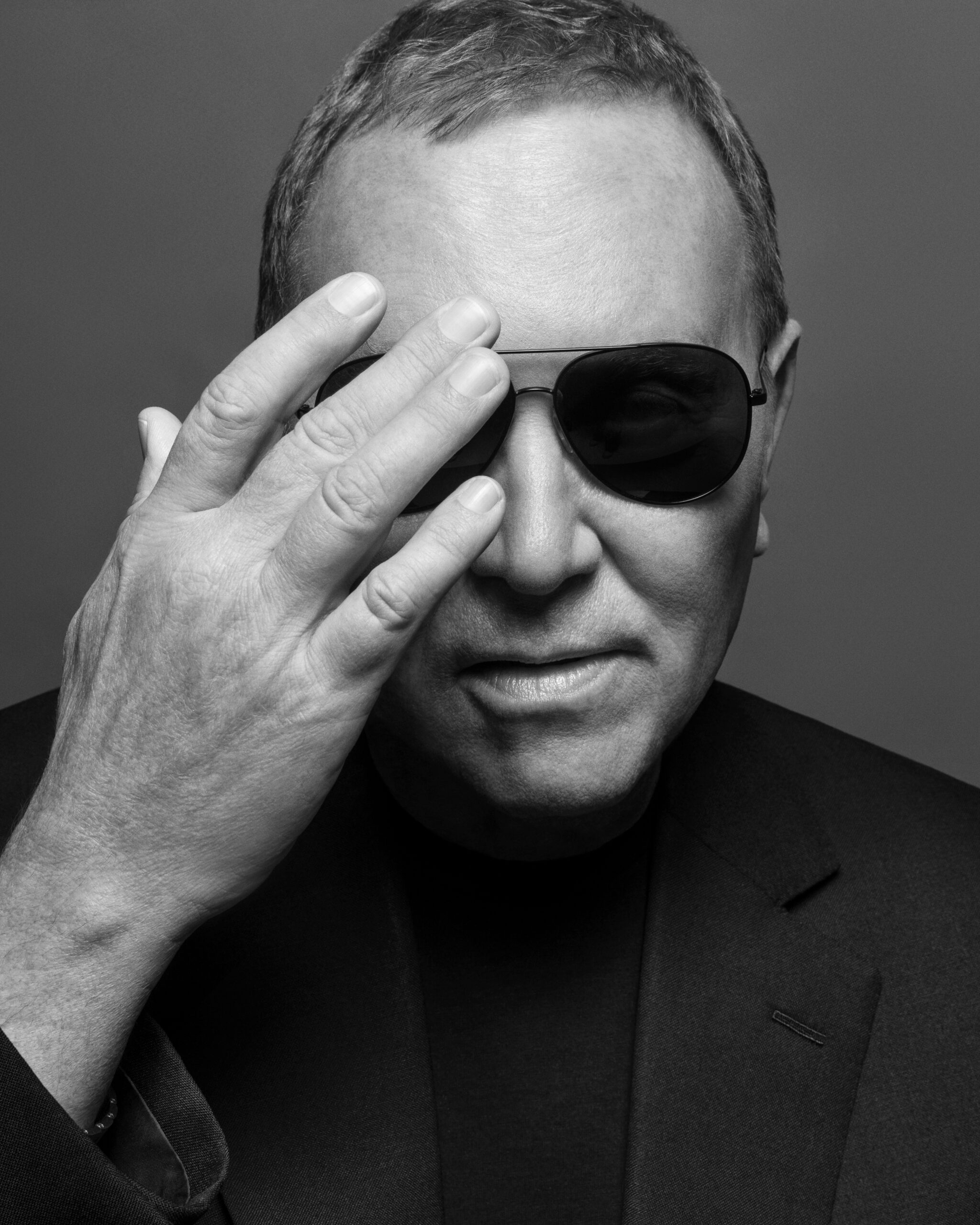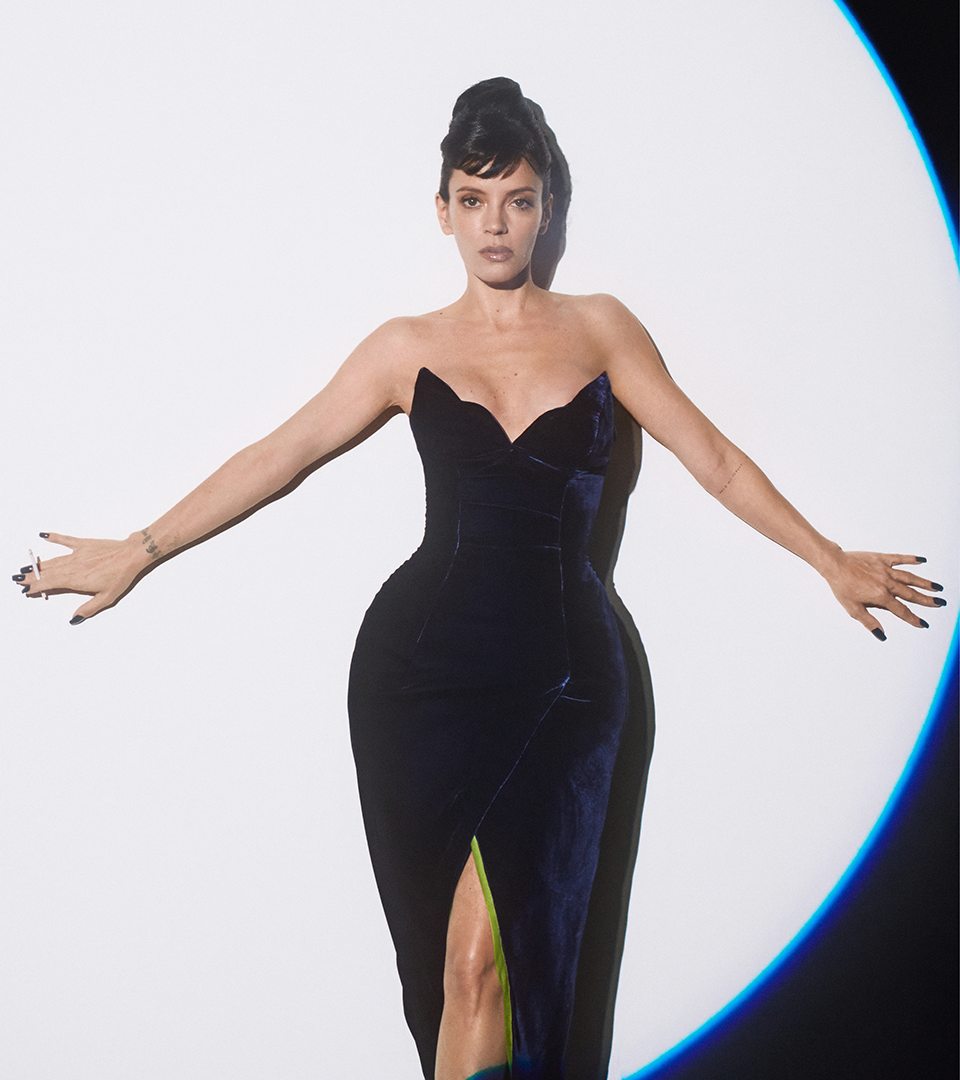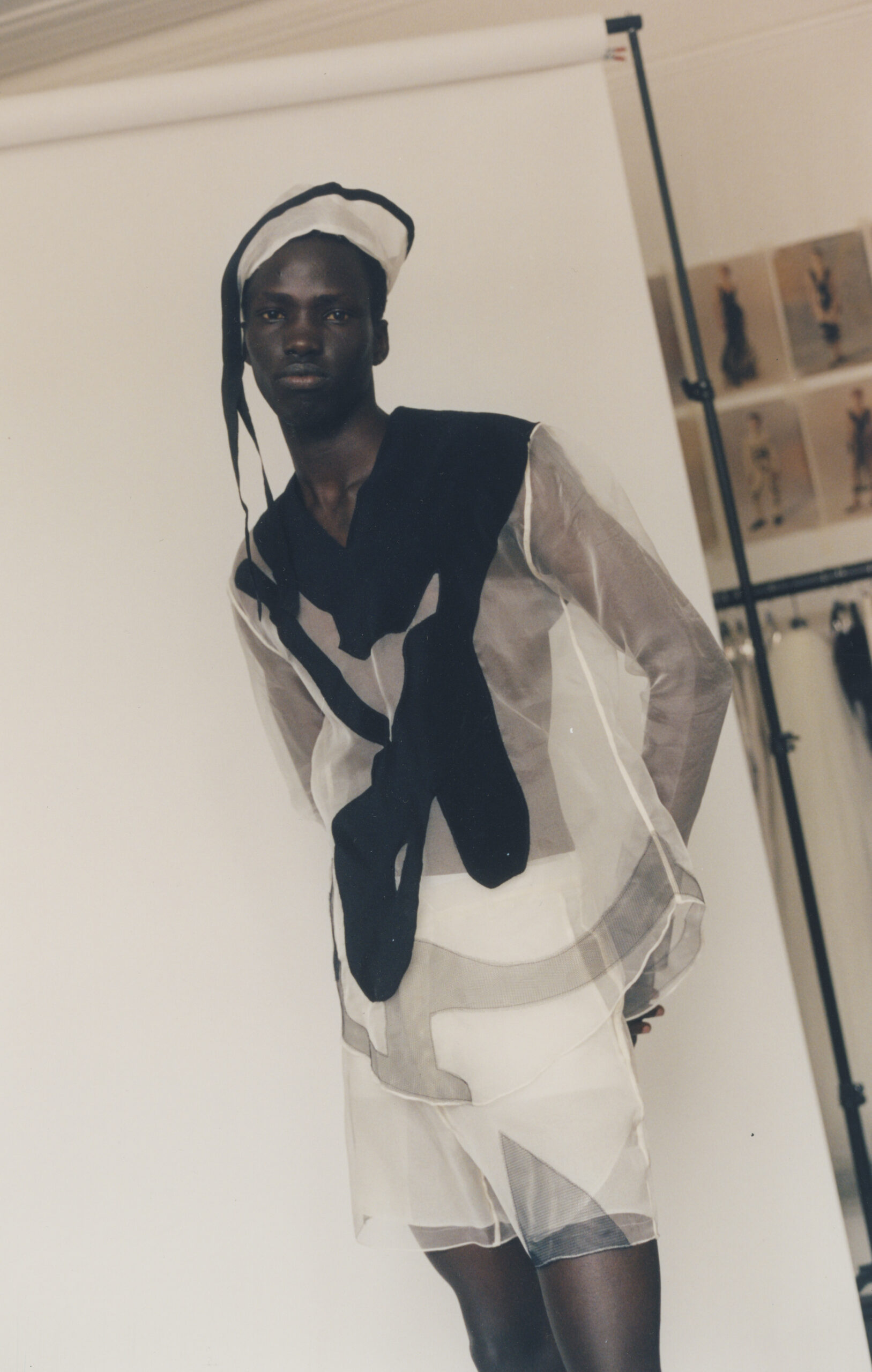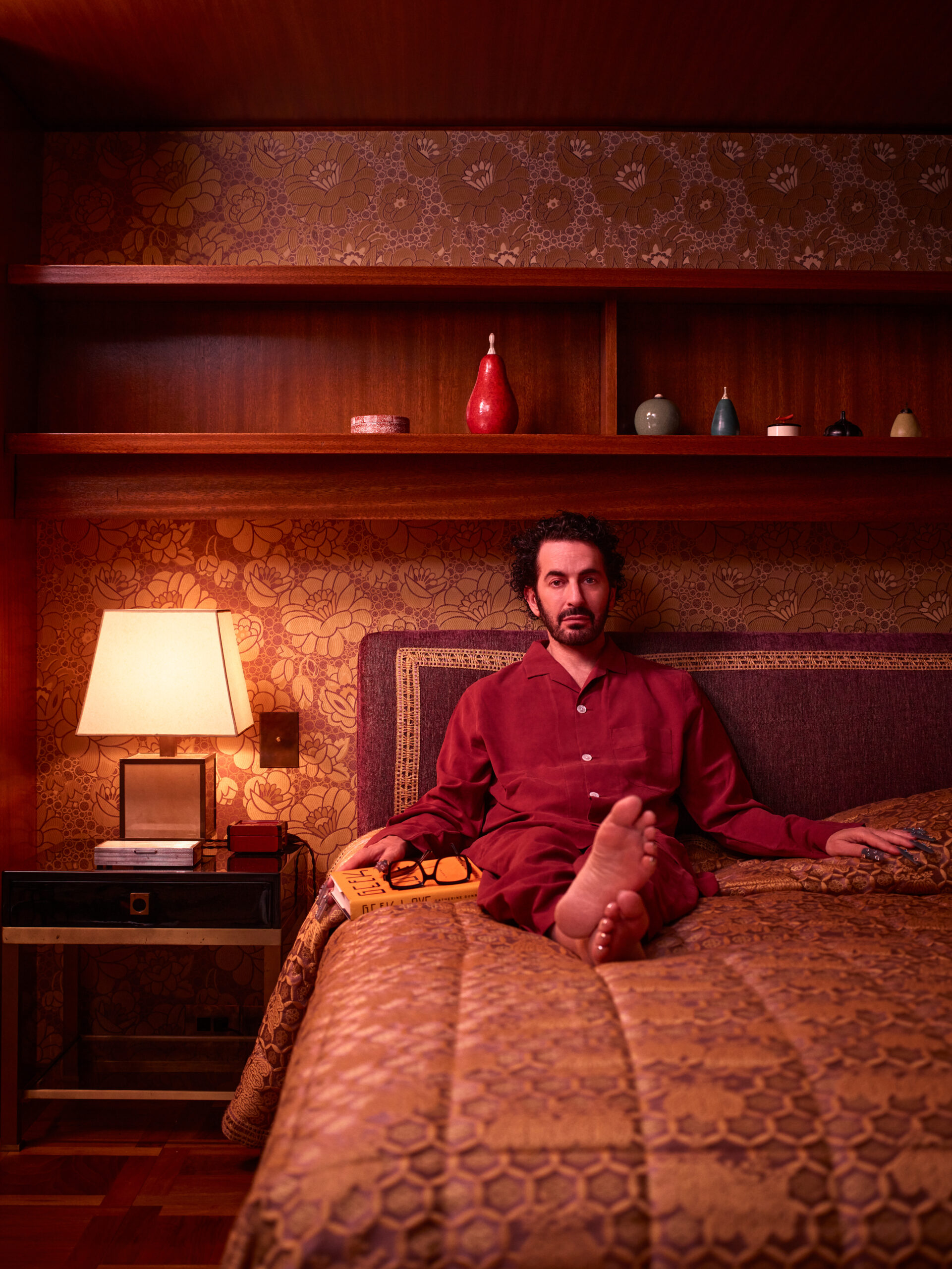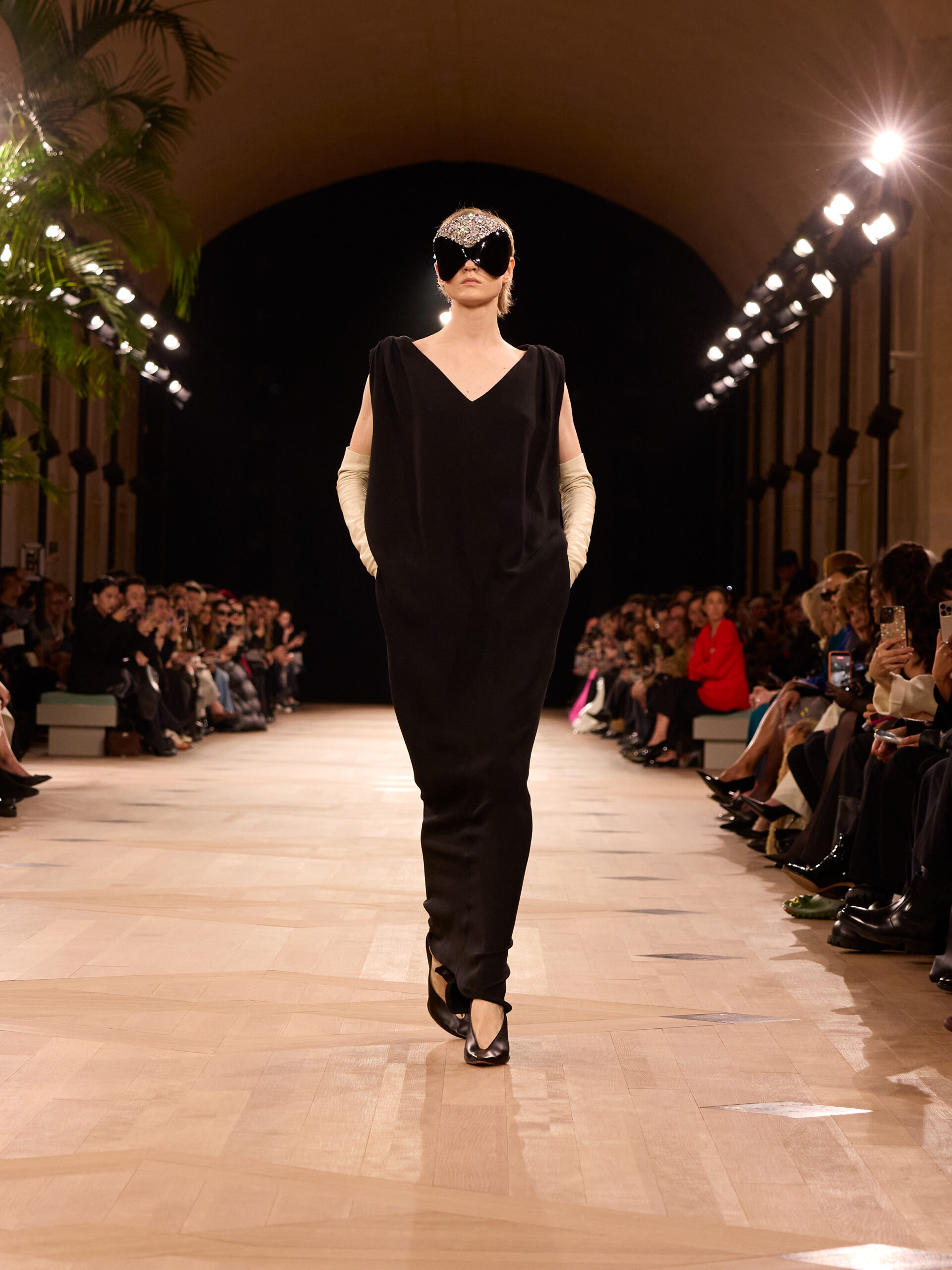
Pierpaolo Piccioli’s Balenciaga Debut
Anders Christian Madsen reviews Pierpaolo Piccioli’s debut collection for Balenciaga, for Spring/Summer 2026.
“If you’re stuck in one silhouette, it’s not Balenciaga,” Pierpaolo Piccioli proclaimed during a preview of his debut collection for the house. He was talking not only about the shape-shifting mid-century forms of Cristóbal Balenciaga, but the canon of creativity that characterizes the brand for present-day generations: the sculptural futurism of Nicolas Ghesquière, the sporty minimalism of Alexander Wang, and the streetwise subversion of Demna. “I feel that this stupid thing to deny what’s been before is so disrespectful and also not good for you,” Piccioli said, referring to the way some designers disregard the contributions of their immediate predecessors when entering a house. “Embracing the past is part of the present, in order to build a future.”
The premise was inherent to this couturier, whose work at Valentino—from 1999 to 2024—always sought to find the most human approach. It permeated his first Balenciaga collection in more ways than one. Presented in the Rue de Sèvres headquarters of Balenciaga and Kering to a soundtrack that shifted between dramatic cinematic music and Lauryn Hill’s version of Can’t Take My Eyes Off You, the proposal conveyed Cristóbal Balenciaga’s dynamics between garment and human: “The most interesting thing is that the severity of the lines corresponds to a lightness,” Piccioli said of his earliest archival inspirations. “I love the idea of incorporating air behind the body and the fabric.”
He translated that idea into architectural but wearable two-seam dresses and T-shirts cut with asymmetrical curves for sculptural draping—both of which framed the physique with light but considered forms—and outerwear, dresses, and tops in the sack and cape volumes of Cristóbal Balenciaga. Piccioli’s other human consideration was rooted in his gestures of respect to those who came before him. From baggy flared jeans to crystal-embellished sci-fi masks and the return of the City Bag, all his predecessors were remembered in product or in spirit. So, of course, were many of the signatures of Piccioli’s own years at Valentino: his painterly color language, his bouncy plume (none of which were real feathers),and his eternal objective to bring the codes of couture to the street.
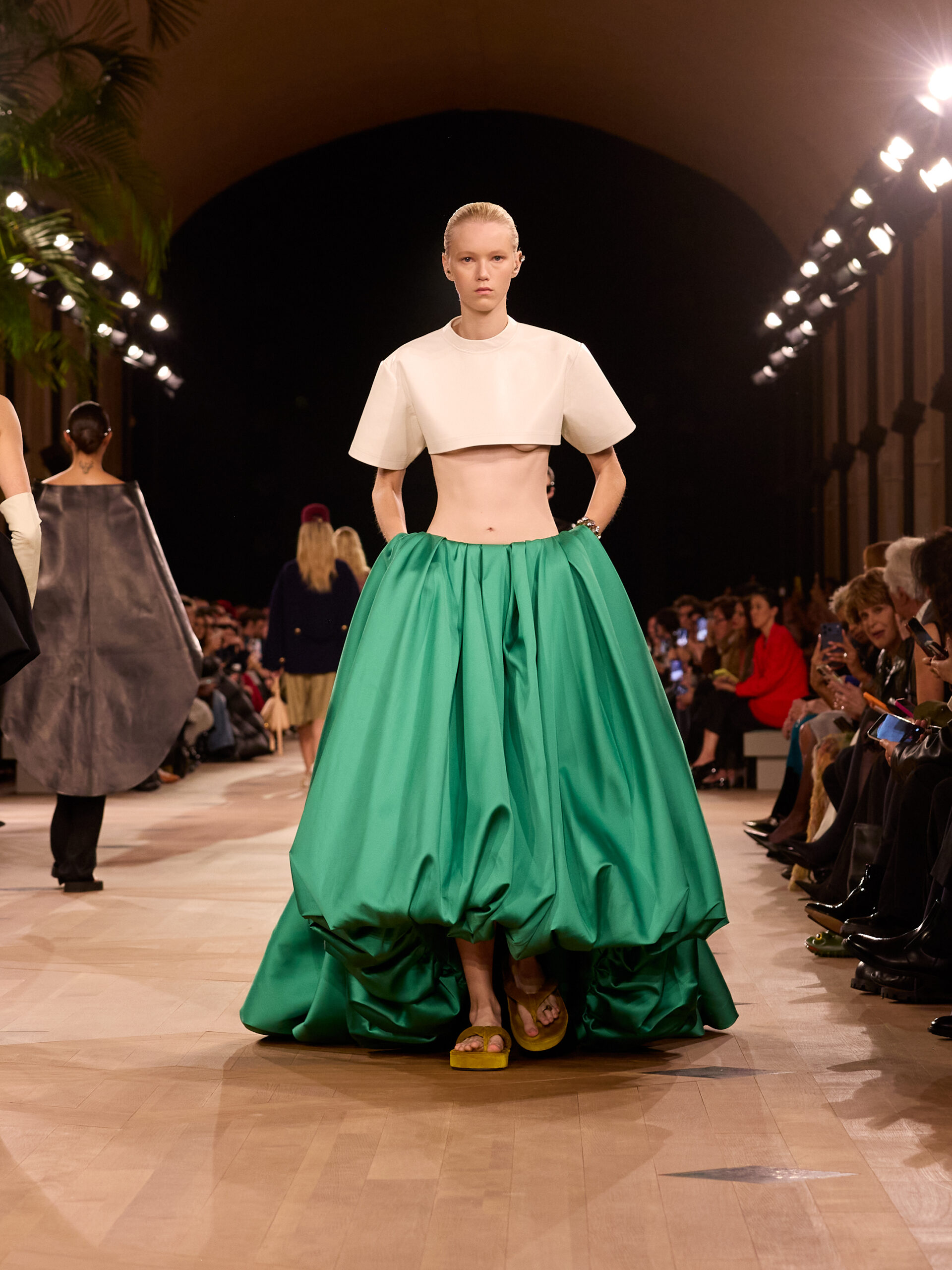
BALENCIAGA
He set about that mission with pragmatic flair, transforming the volumes of Cristóbal Balenciaga into draped-back leather bomber jackets, magnified yet shrunken pea coats, and light layered dresses part T-shirt and part gown. (Making a rare fashion show appearance, Meghan, the Duchess of Sussex, was wearing a white version of the latter on the front row.) “I feel that couture has a lot to do with beauty but not with reality. And coolness is about desiring what you know. I wanted to apply the couture to the street in order to do a reconsideration between Demna and Cristóbal: the street and the couture,” Piccioli explained.
At Valentino, his philosophy of “keeping the codes of couture but changing the values” came to stand for a democratization of the domain of high fashion characterized by inclusivity, tolerance, and compassion. In every way, the messages he imbued his Balenciaga debut with embodied that same mentality. He wasn’t just translating the founder’s couture codes into proposals more relevant for a contemporary wardrobe and mindset, but inviting new audiences in to make them their own. The invitation to the show was a recorder with a tape that played the sound of Piccioli’s own heartbeat. When he received a standing ovation as he took his bow, it wasn’t only for the clothes but for the heart that made them.
